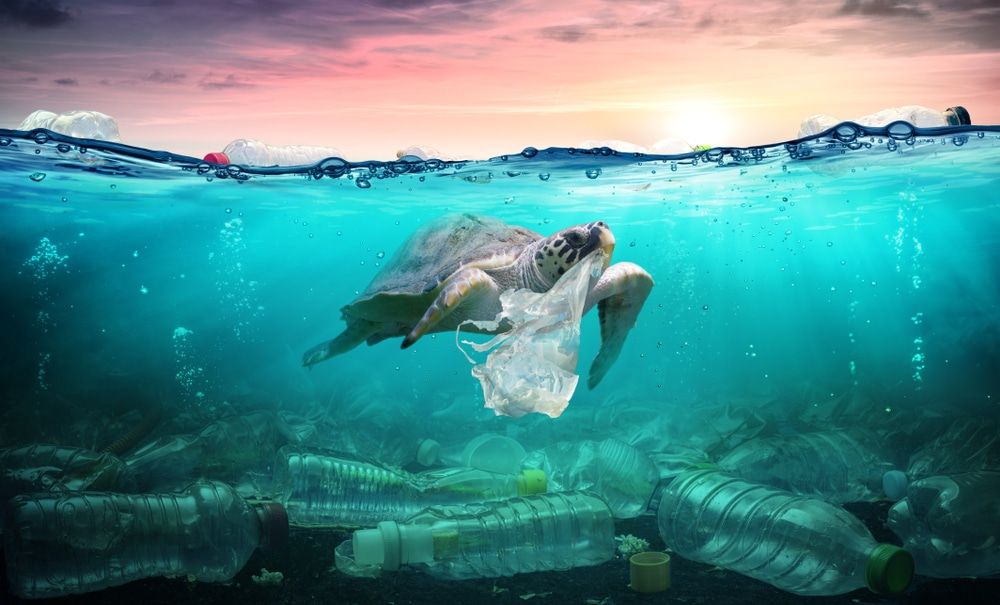Ocean Plastic Expected to Triple Within Two Decades
Plastic pollution is a prevalent and mounting problem. What is even more frightening is that the ocean plastic is anticipated to triple within two decades. A recent study has revealed that if the plastic waste continues to pile up at the same pace, the amount of plastic waste ending up in the oceans could triple by 2040.
The study was undertaken by The Pew Charitable Trusts and SYSTEMIQ and was published in the journal Science. It was discovered that 29 million metric tons of plastic waste will enter the ocean each year, up to 11 million metric tons, or 110 pounds of plastic per every meter of coastline across the world.
According to the International Solid Waste Association, the coronavirus pandemic has increased the issue of ocean plastic as single-use plastic consumption has escalated during the pandemic.

According to a recent study, ocean plastic is expected to triple within two decades | Image: AZoCleantech
The scenarios could eventually end up with a total of 600 million tons, or the equivalent of 3 million blue whales. This study offered solutions that could cut the volume entering the oceans by “more than 80 percent.”
The solutions suggest plummeting plastics with environmentally-friendly alternatives, designing packaging for recycling and intensifying waste collection in developing countries. Enhancing recycling and reducing plastic waste exports are also advised as a potential solution to this impending crisis.
There’s no single solution to ocean plastic pollution, but through rapid and concerted action we can break the plastic wave. As this report shows, we can invest in a future of reduced waste, better health outcomes, greater job creation, and a cleaner and more resilient environment for both people and nature.
Tom Dillon, Pew’s vice president for environment, said in the statement.
Apparently, these variations could have noteworthy economic impacts, saving $70 billion for governments by 2040, while also reducing greenhouse gas emissions linked to plastics by 25 percent and creating an additional 700,000 jobs.
According to Martin Stuchtey, SYSTEMIQ’s founder and managing partner, the results conclude by the study indicate that the plastic crisis can be solved. All the solutions need to stem plastic flows by over 80 percent to make a significant change. Following these solutions could make a drastic change in the amount of plastic pollution that ends up oceans each year.


